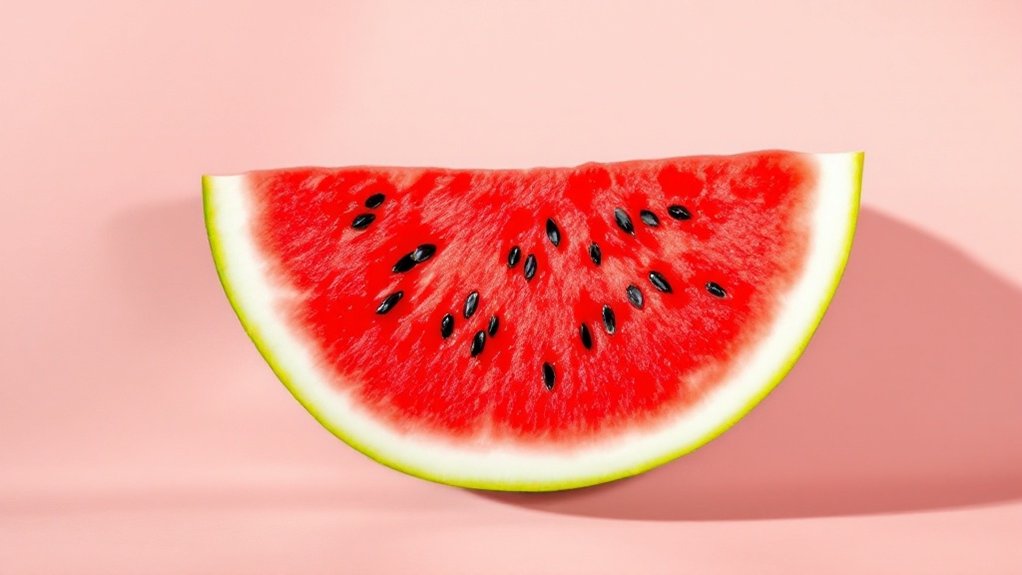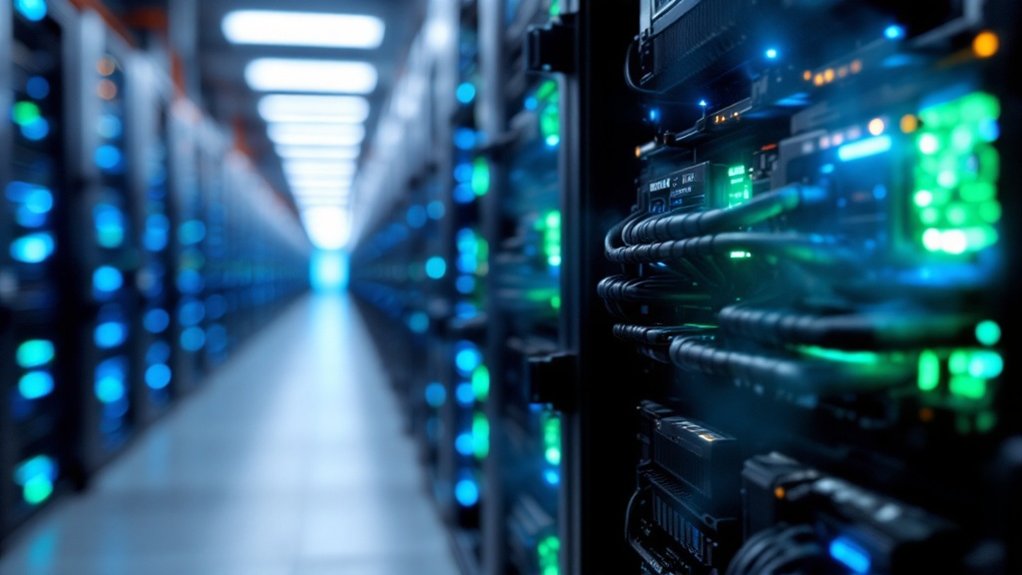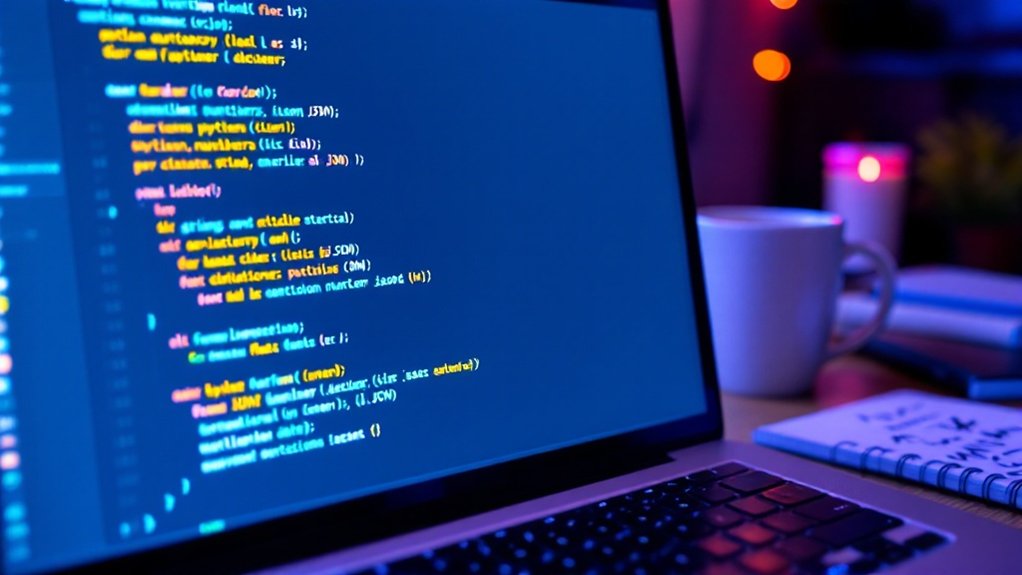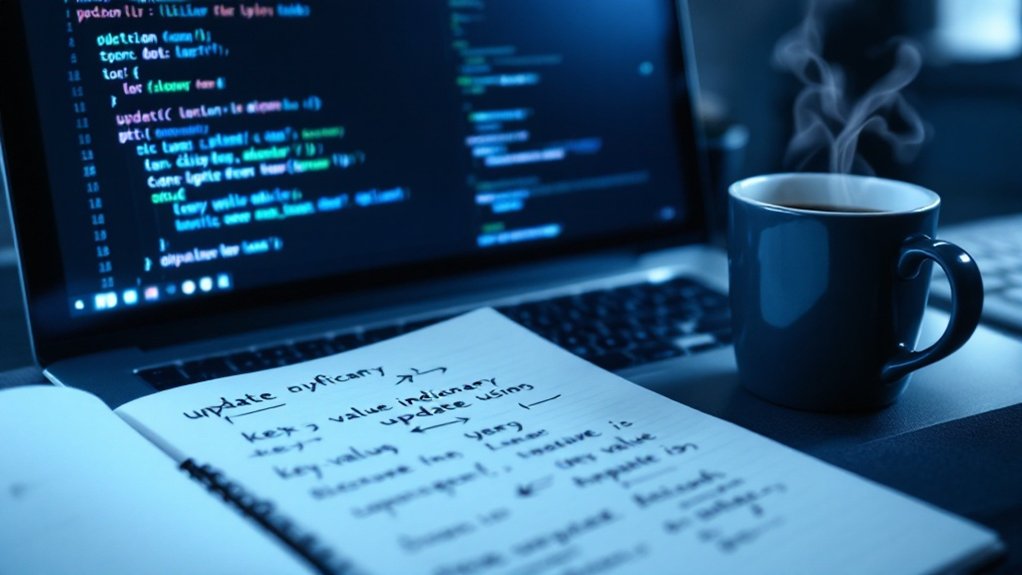The watermelon emoji serves as a covert symbol of Palestinian solidarity. After Israel banned the Palestinian flag in 1967, people turned to watermelons—sharing the same red, green, black, and white colors—as visual resistance. Now it functions as digital "algospeak," bypassing censorship algorithms while signaling support. From art galleries to protest signs, this innocent fruit carries decades of political weight. The symbol's power lies in what remains unsaid.
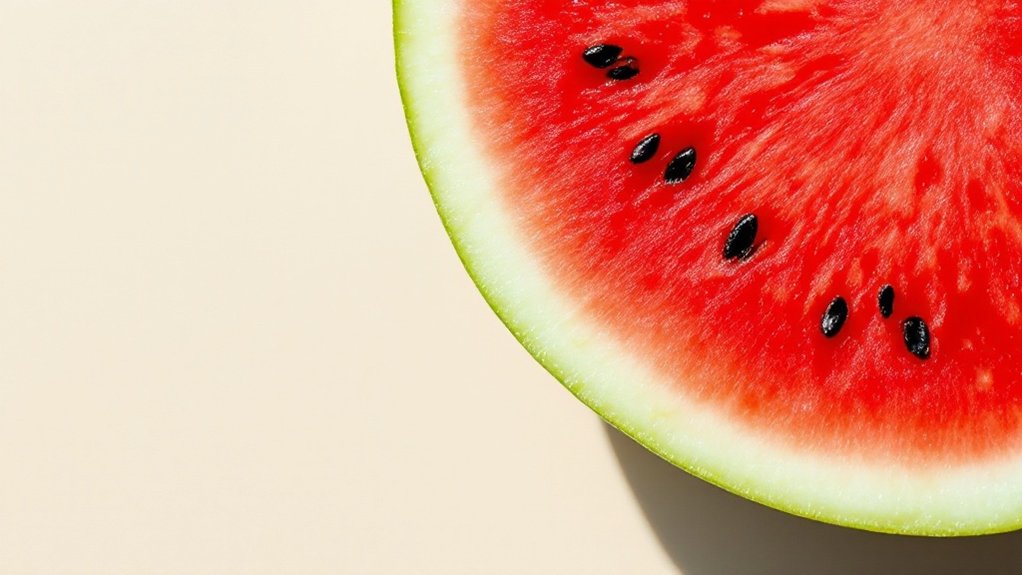
When the Palestinian flag was banned following the 1967 Six-Day War, Palestinians didn't simply surrender their national identity—they got creative. The humble watermelon emerged as an unlikely hero. Why? Its colors matched perfectly: red flesh, green rind, black seeds, white interior. The Palestinian flag in fruit form. Pretty clever, right?
Israeli authorities weren't amused. In 1980, they shut down a gallery in Ramallah just for displaying art featuring these "subversive" colors. Imagine being so threatened by a fruit. But oppression breeds innovation, and the watermelon symbol stuck around, growing stronger during periods of heightened tensions.
Artist Khaled Hourani made it official in 2007 with "The Story of the Watermelon," transforming a simple fruit into a powerful artistic statement. The symbolism runs deep. Those black seeds? They represent resilience—crush them, scatter them, they'll just grow again. Nature's middle finger to destruction. The watermelon has been a centerpiece in community gatherings throughout Palestinian history, adding another layer to its cultural significance. Like many deep tech innovations, this symbol arose from the need to solve a complex societal challenge. Much like decentralized networks, the watermelon symbol spreads through grassroots community action rather than central control.
The digital age took the watermelon to new places. Social media algorithms don't like explicit political content? Fine. Here's a watermelon emoji instead. 🍉 Simple. Effective. Impossible to censor without banning farmers' markets worldwide.
The watermelon joins other Palestinian symbols—keys, spoons, olive trees, the keffiyeh—but stands out for its visual punch and plausible deniability. Post a picture of a watermelon slice, and only those who know will understand. That's the beauty of it.
Now you'll find watermelon imagery at protests from New York to London, in art galleries across Europe, on social media feeds everywhere. It's "algospeak" for solidarity—a way to bypass content moderation that might flag more explicit support. In 2023, this symbolism gained even greater prominence during the Israel-Hamas war, with protesters worldwide adopting the watermelon motif.
The fruit has transcended its origins to become a global symbol of resistance. No language barriers. No cultural confusion. Just a universally recognized piece of produce carrying the weight of decades of struggle. From an actual ban on fabric to a virtual symbol of solidarity. That's one politically powerful melon.
Frequently Asked Questions
Why Is the Watermelon Specifically Used for Palestinian Solidarity?
The watermelon became a Palestinian symbol after Israel banned the Palestinian flag post-1967.
When sliced open, watermelons reveal red, green, black, and white – exactly matching the Palestinian flag's colors. Perfect loophole.
Artists used it to dodge censorship while expressing identity. The fruit was already common in Palestinian cuisine, making it a natural choice.
Despite flag bans lifting in 1993, the watermelon stuck around.
Now it's global – on social media, protest signs, everywhere. Defiance in fruit form.
When Did the Watermelon First Become a Palestinian Symbol?
The watermelon emerged as a Palestinian symbol after the 1967 Six-Day War.
When Israel banned the Palestinian flag in occupied territories, people needed a workaround. The watermelon was perfect—its colors match the flag exactly: red, green, black, and white.
Israeli authorities actually cracked down on watermelon imagery in the 1980s. They shut down a Ramallah art gallery for displaying these colors.
Crazy but true. One symbol, decades of resistance.
How Do Palestinians Feel About the Watermelon Emoji Usage?
Palestinians generally embrace the watermelon emoji as a creative form of resistance and expression. Many appreciate how it's helped maintain visibility for their cause despite censorship.
It resonates especially with younger Palestinians who are active online. Some view it as a powerful continuation of historical symbolism.
Not everyone's thrilled though – a few wish direct advocacy wasn't necessary through coded language.
Still, most see it as an effective modern evolution of traditional resistance tactics.
Are There Controversies Surrounding the Watermelon as a Symbol?
The watermelon symbol faces several controversies. Israeli authorities have historically viewed it as subversive, sometimes removing watermelon imagery from public spaces.
Critics claim it circumvents legitimate content moderation. Some Jewish groups see its use as antisemitic in certain contexts.
Meanwhile, media platforms like Meta face accusations of disproportionately censoring watermelon symbols compared to other political content.
It's just fruit to some, dangerous propaganda to others. Classic symbol politics, honestly.
Can Using the Watermelon Emoji Lead to Social Media Censorship?
Using the watermelon emoji can indeed trigger social media censorship.
Platforms like Meta have been accused of shadow banning pro-Palestinian content, forcing users to adopt "algospeak" tactics.
The emoji itself might not get flagged, but accounts using it in certain contexts face suppression.
Weird, right? Some users report decreased visibility after posting watermelon symbols.
It's a digital cat-and-mouse game. Algorithms constantly evolve, and yesterday's safe symbol might become tomorrow's censored content.
